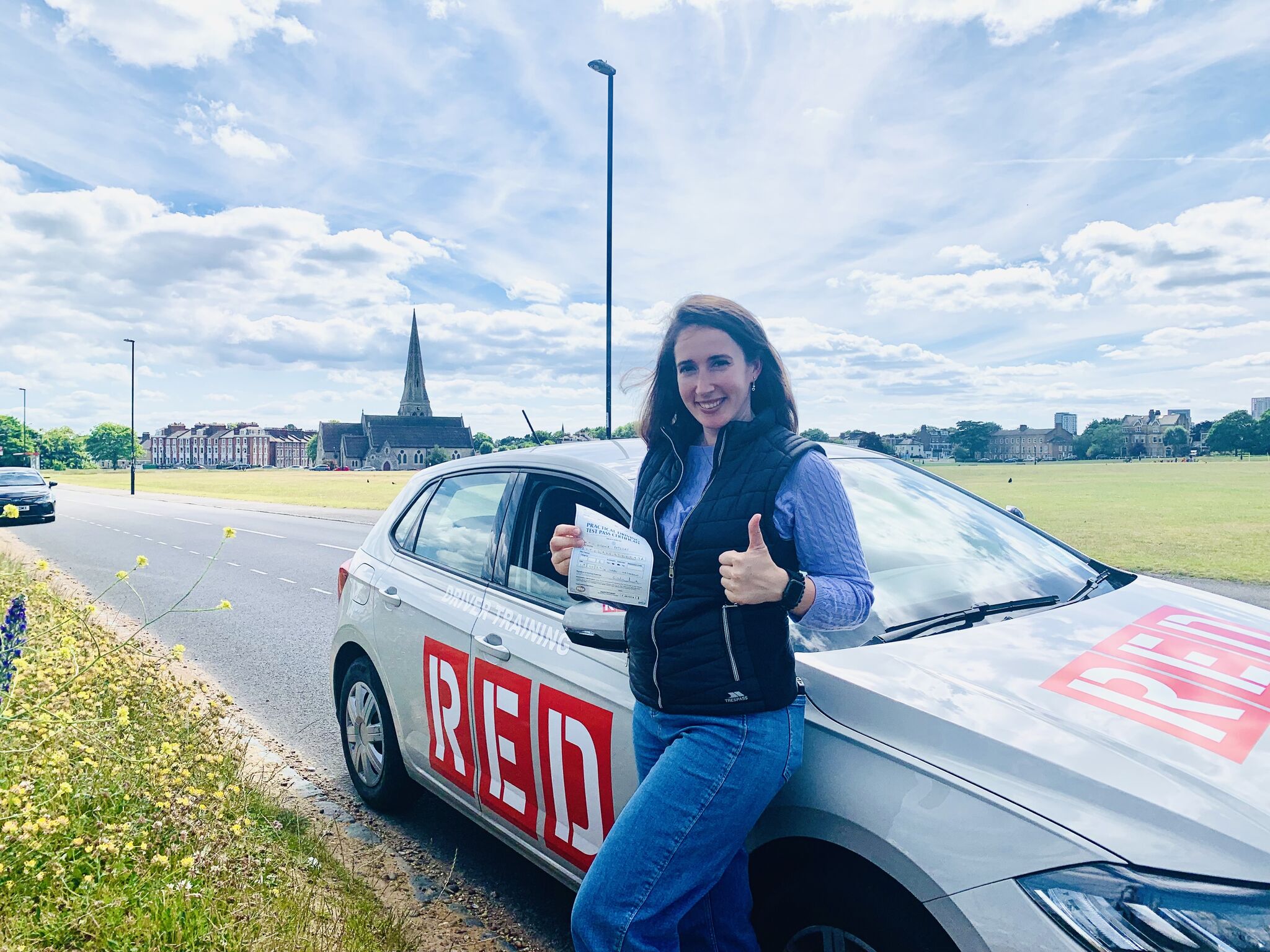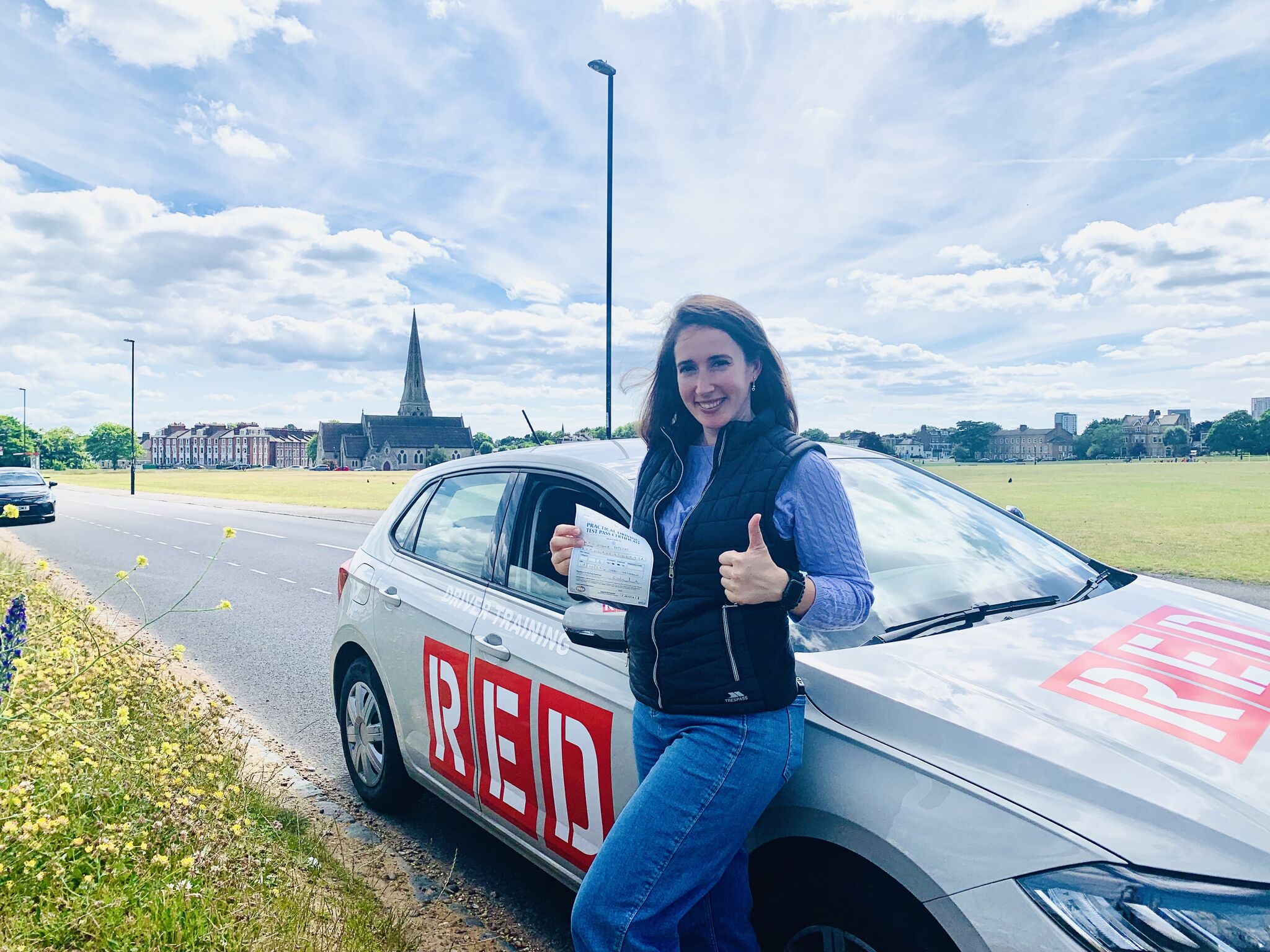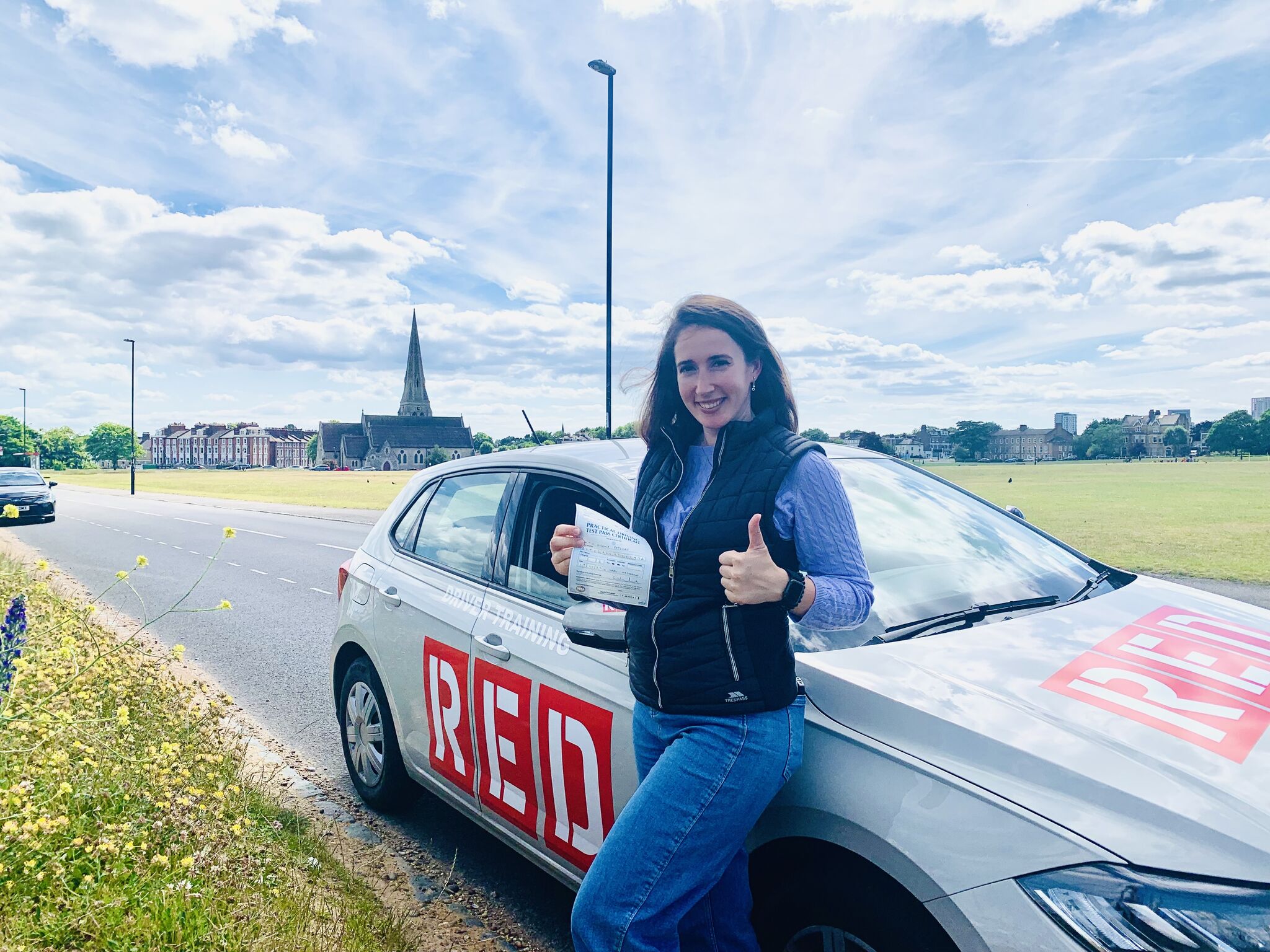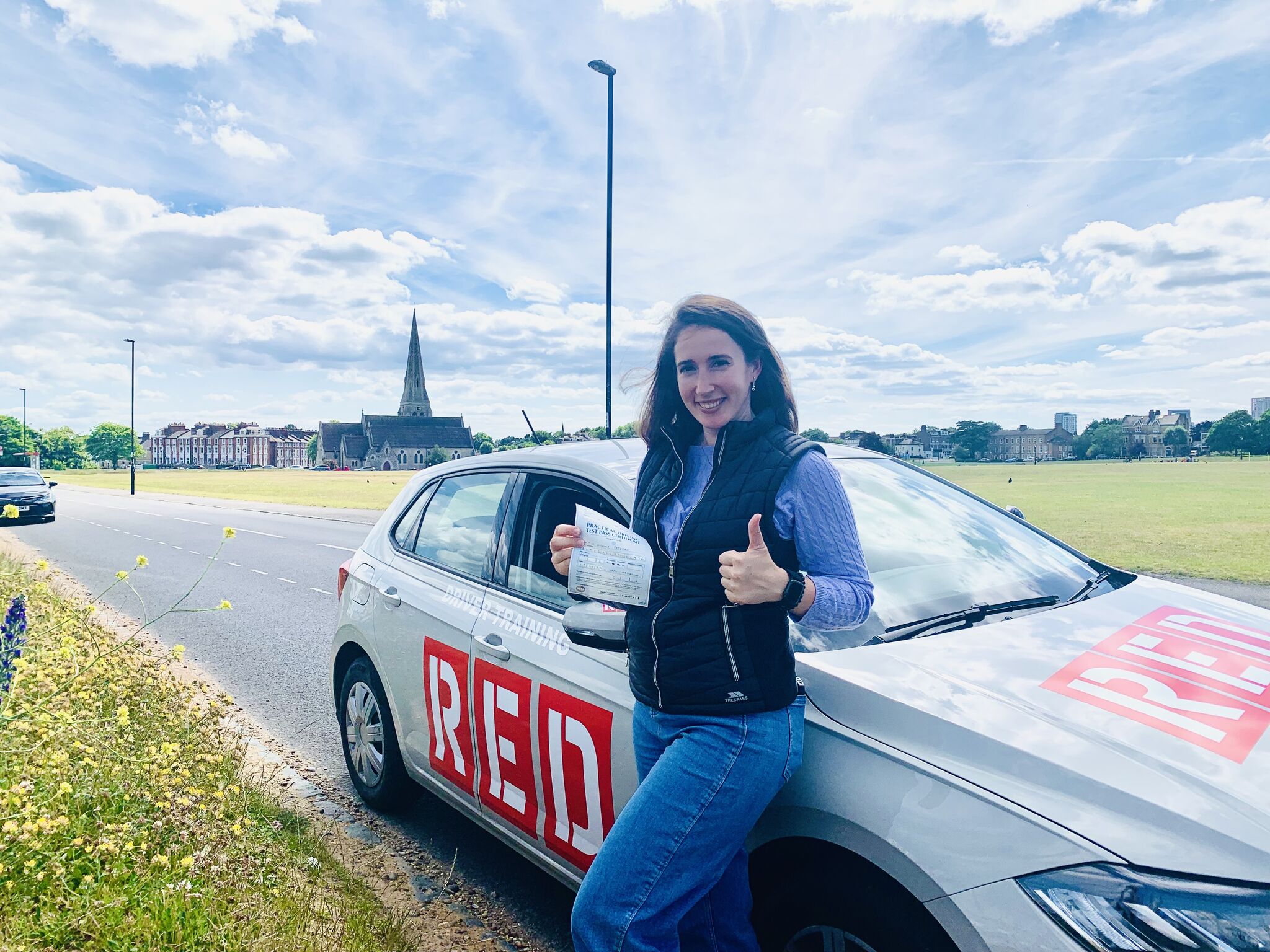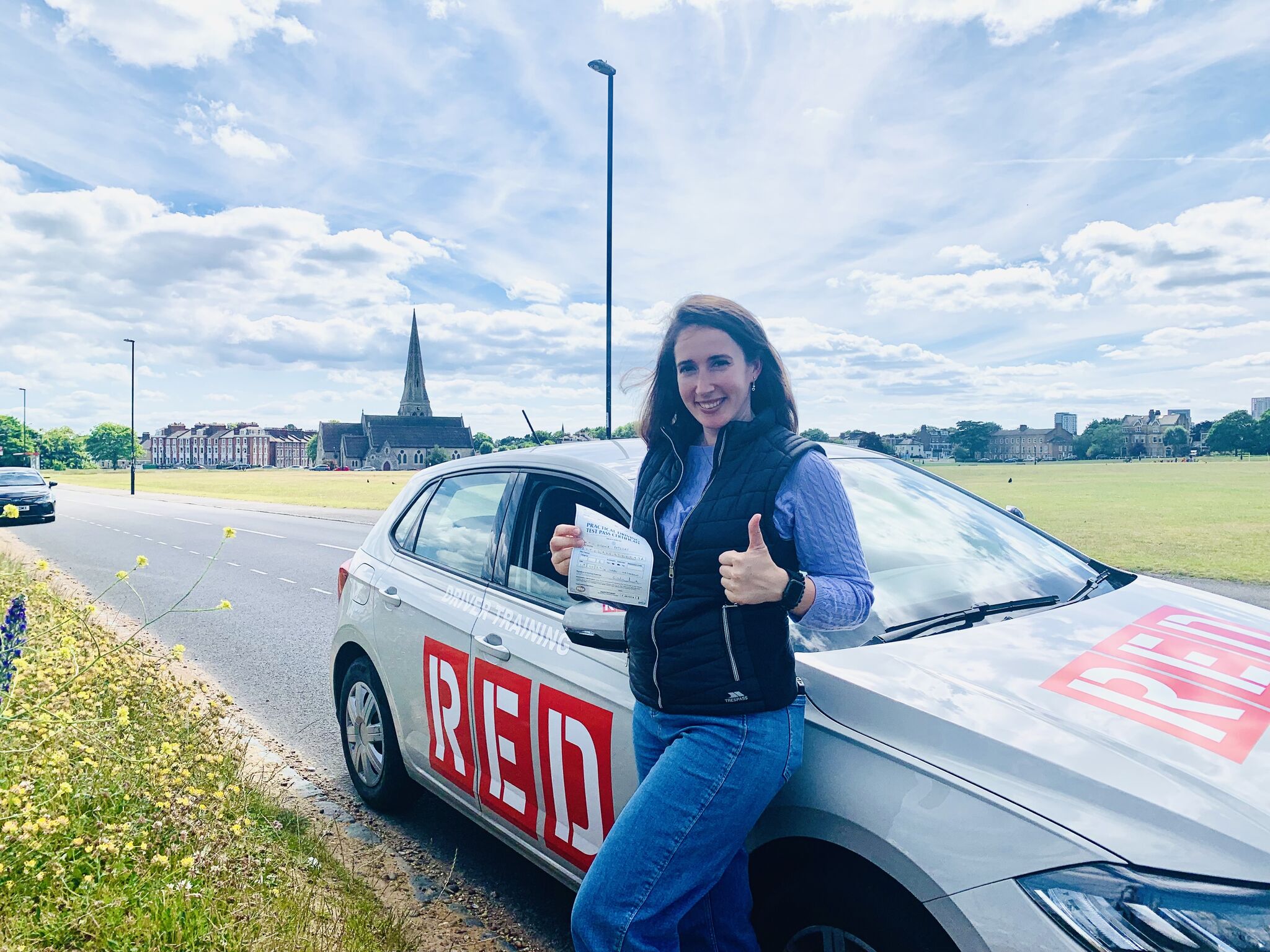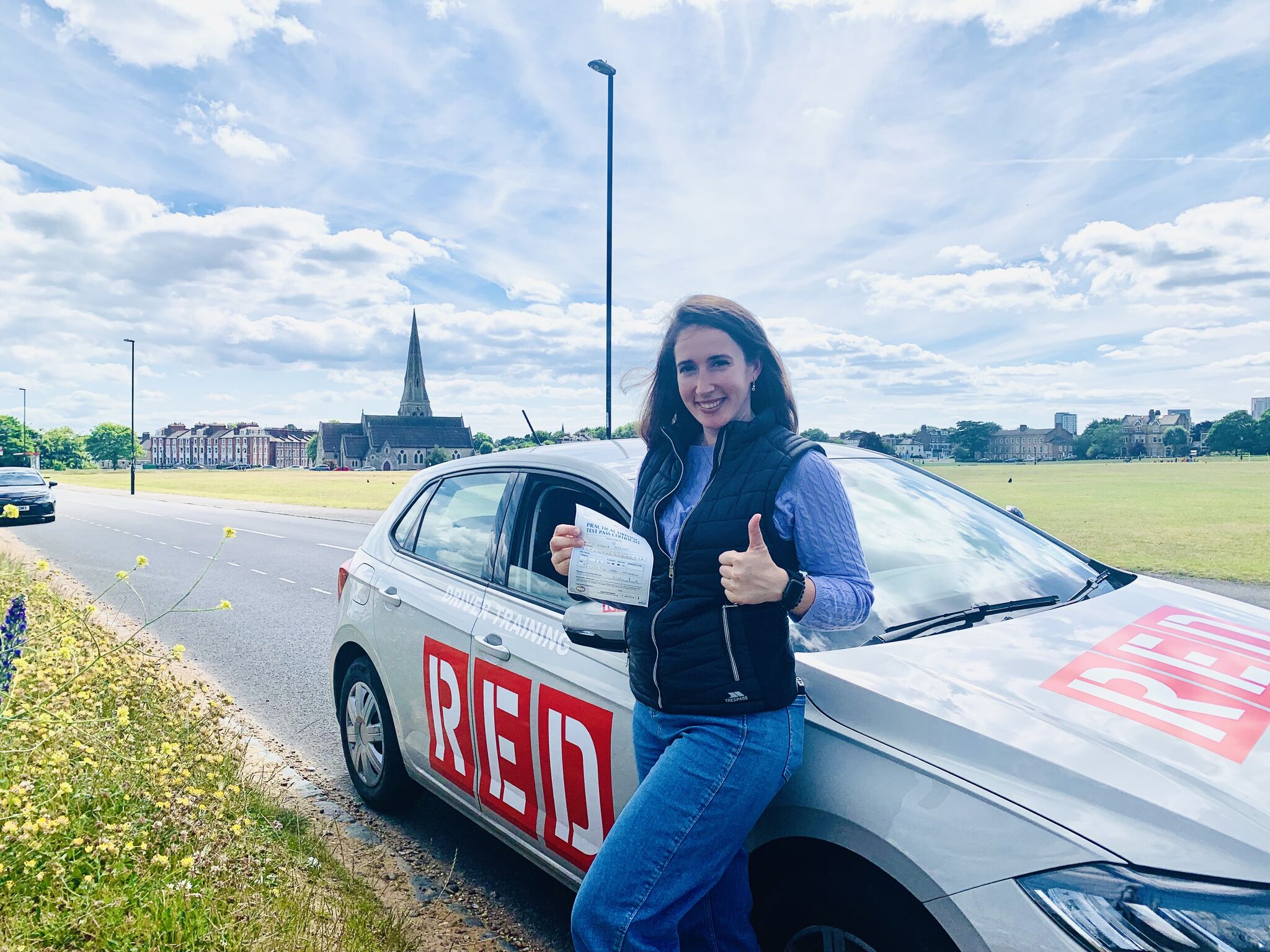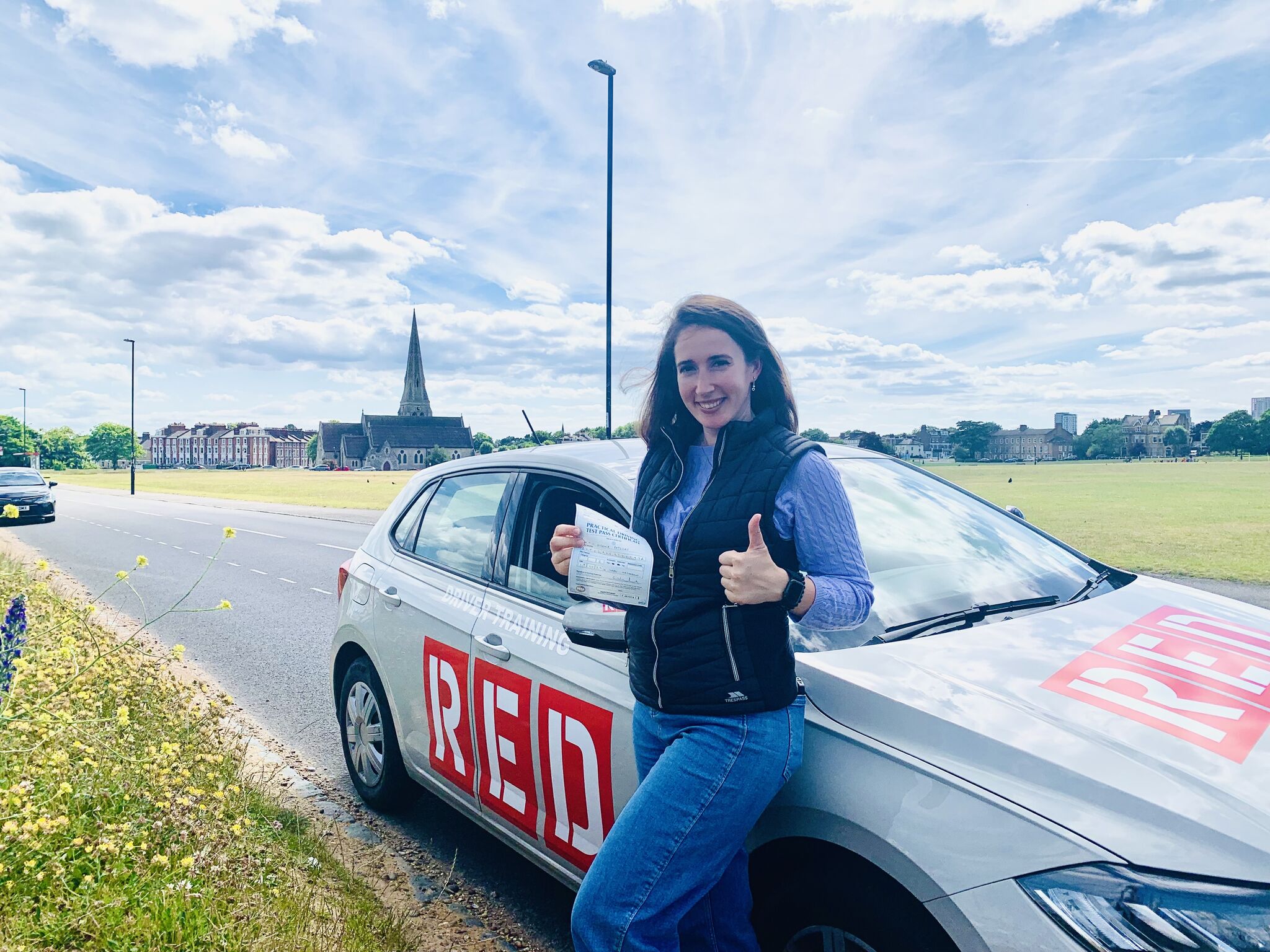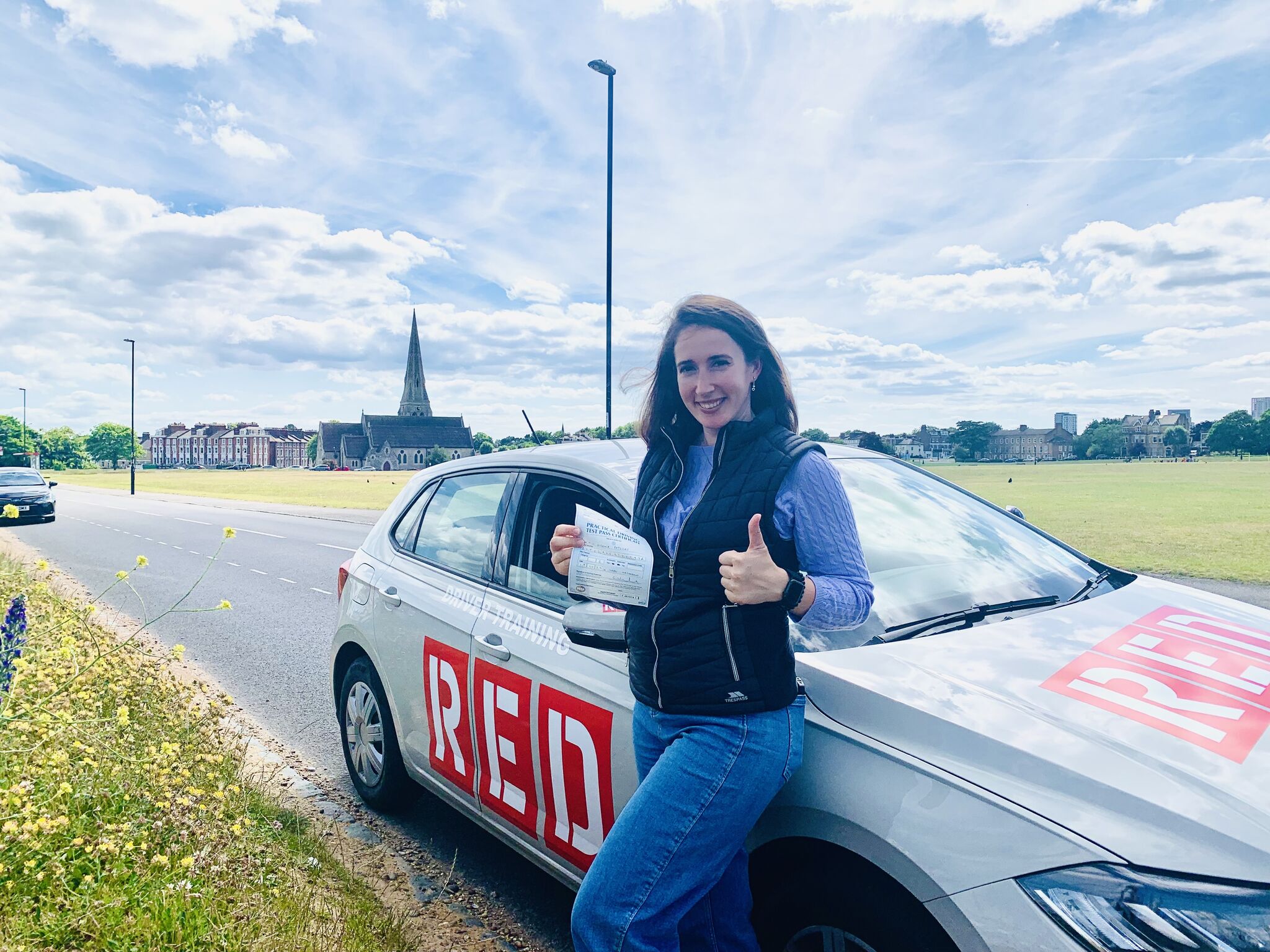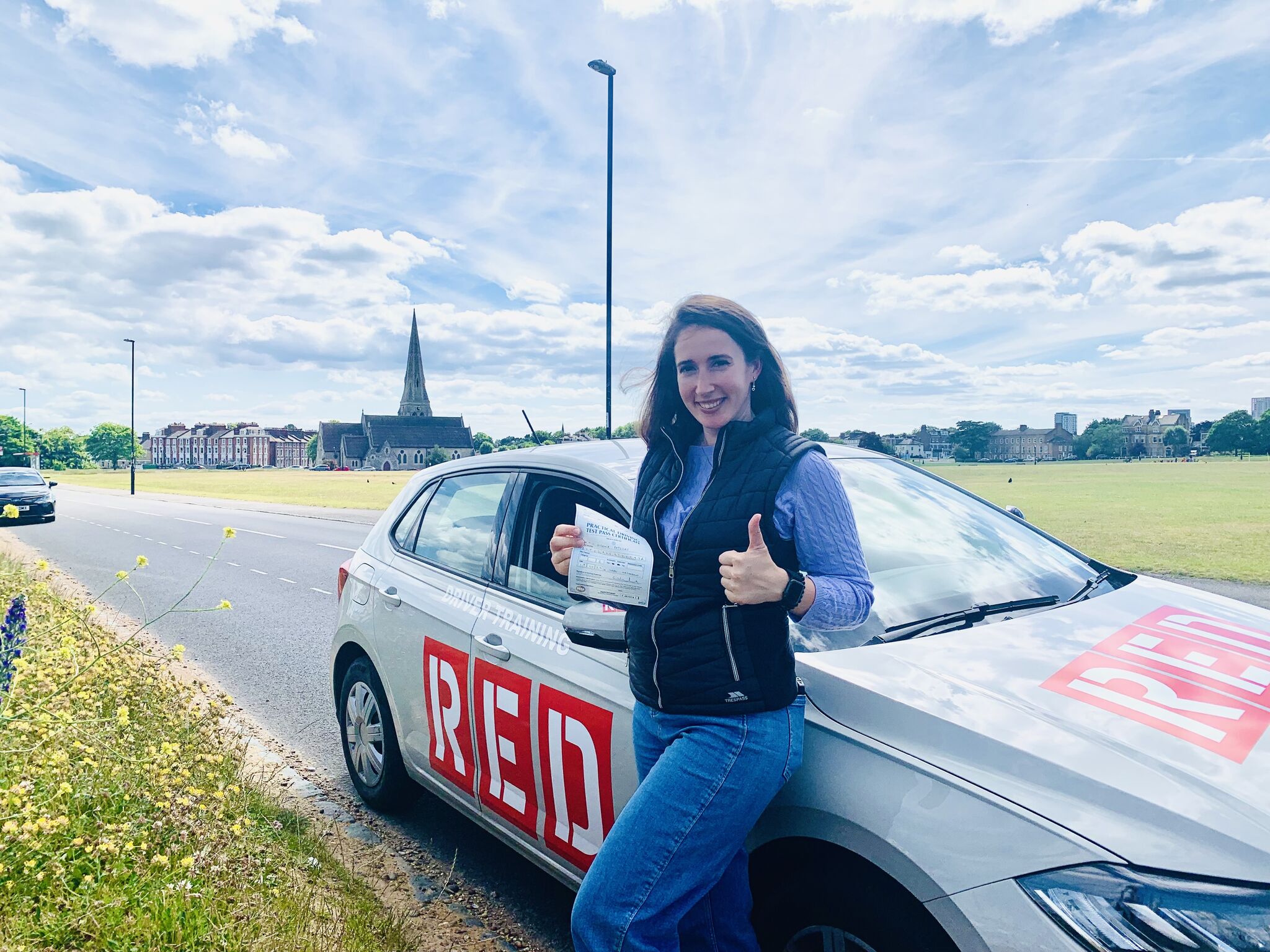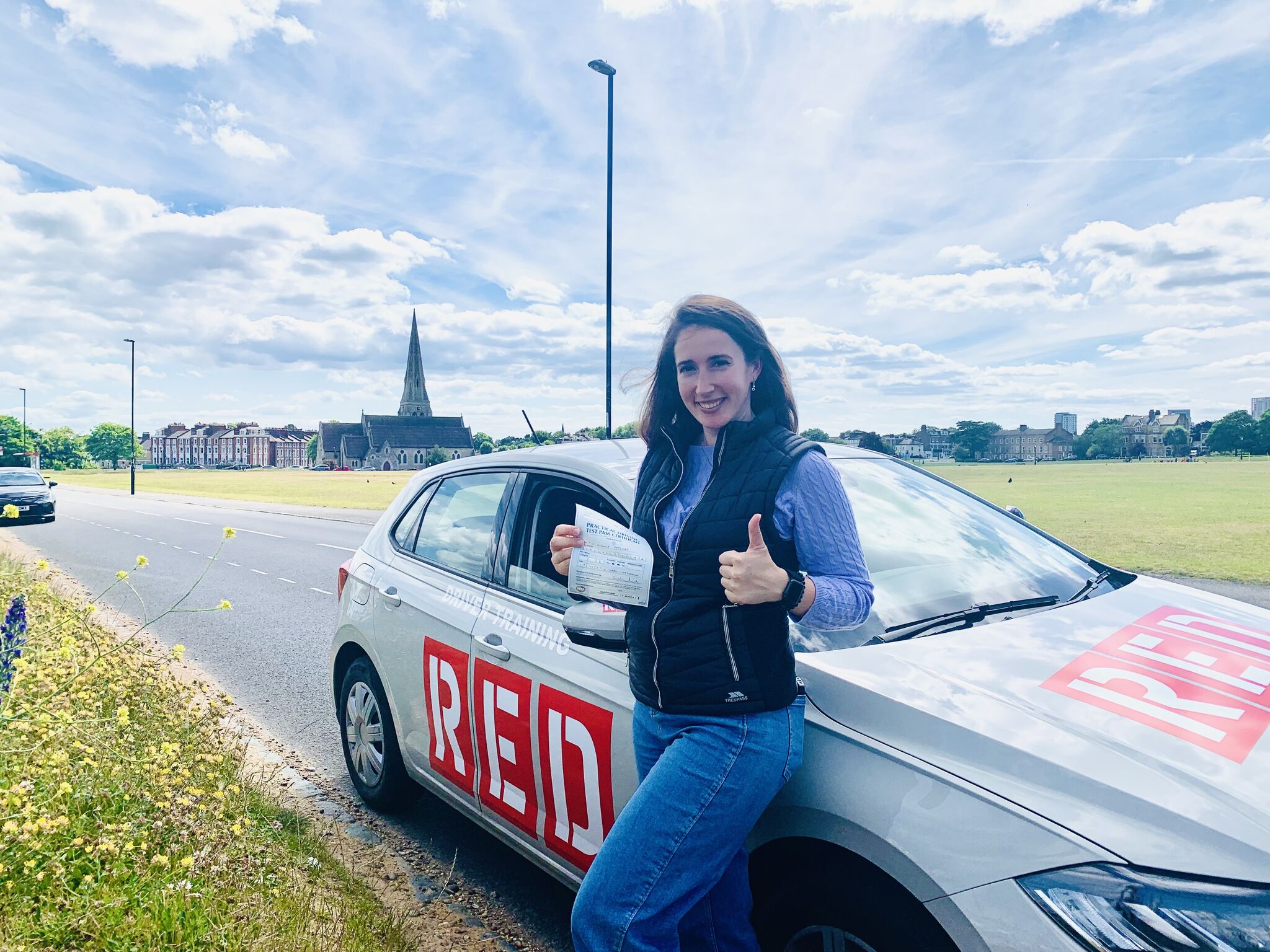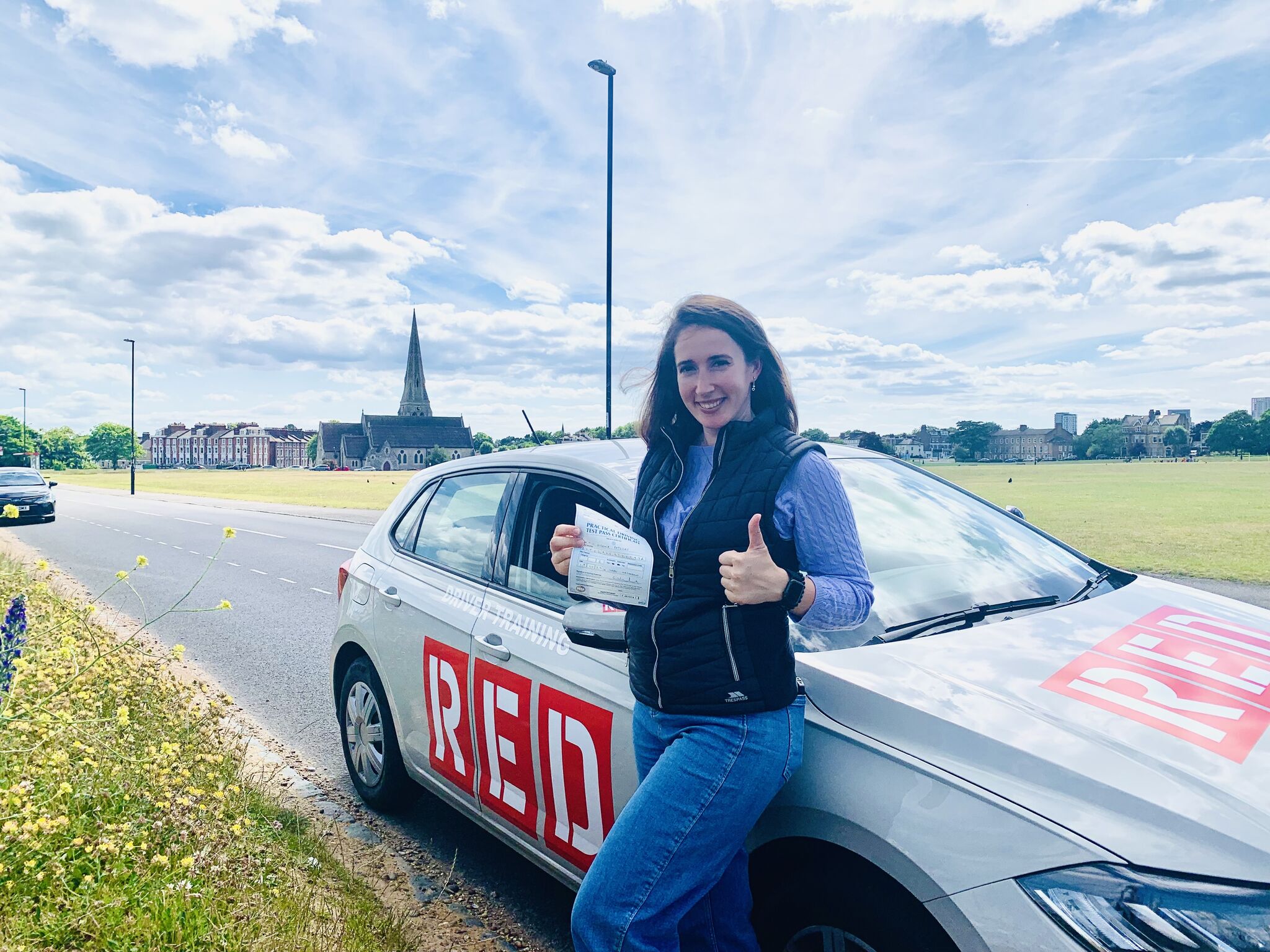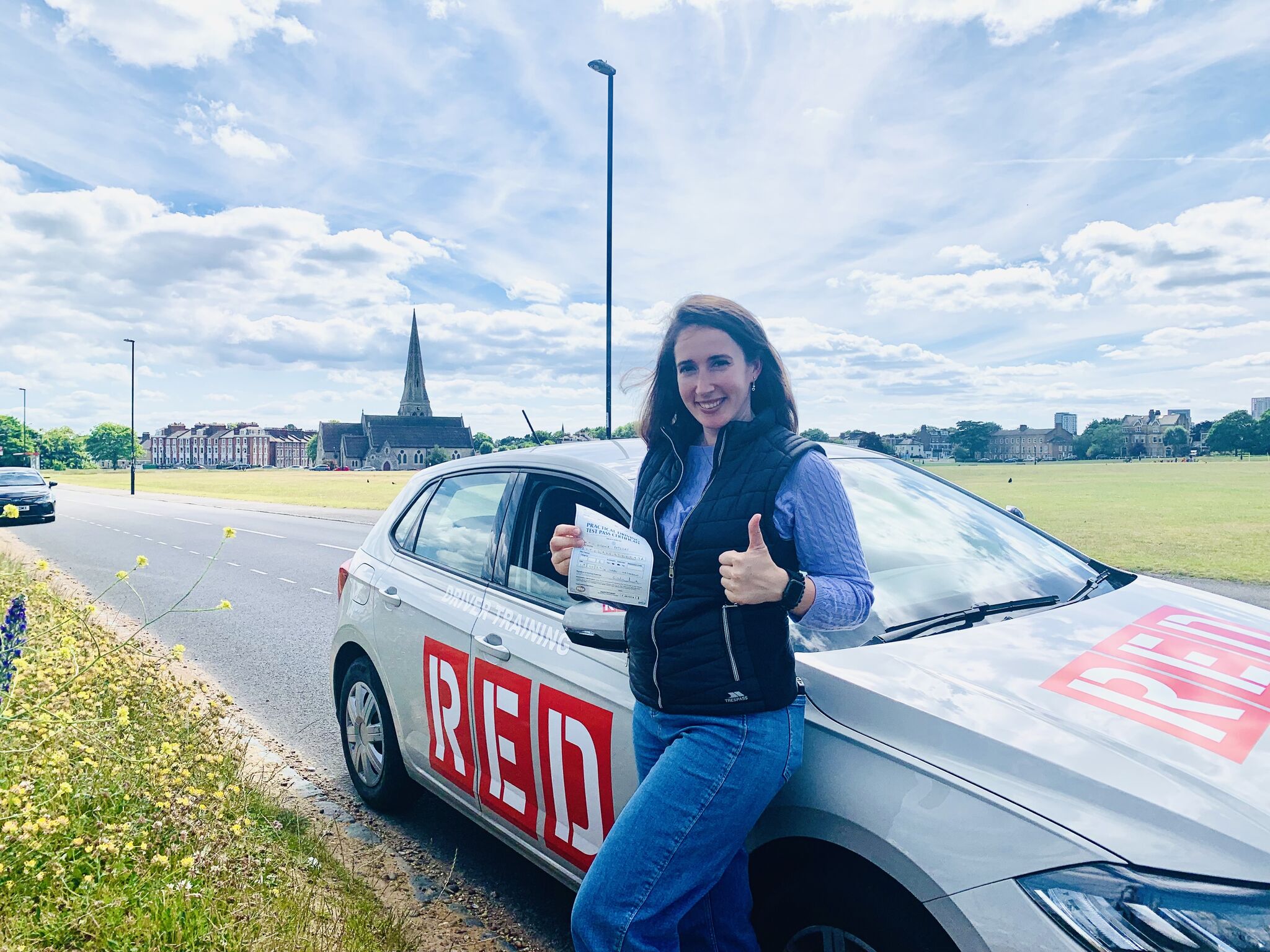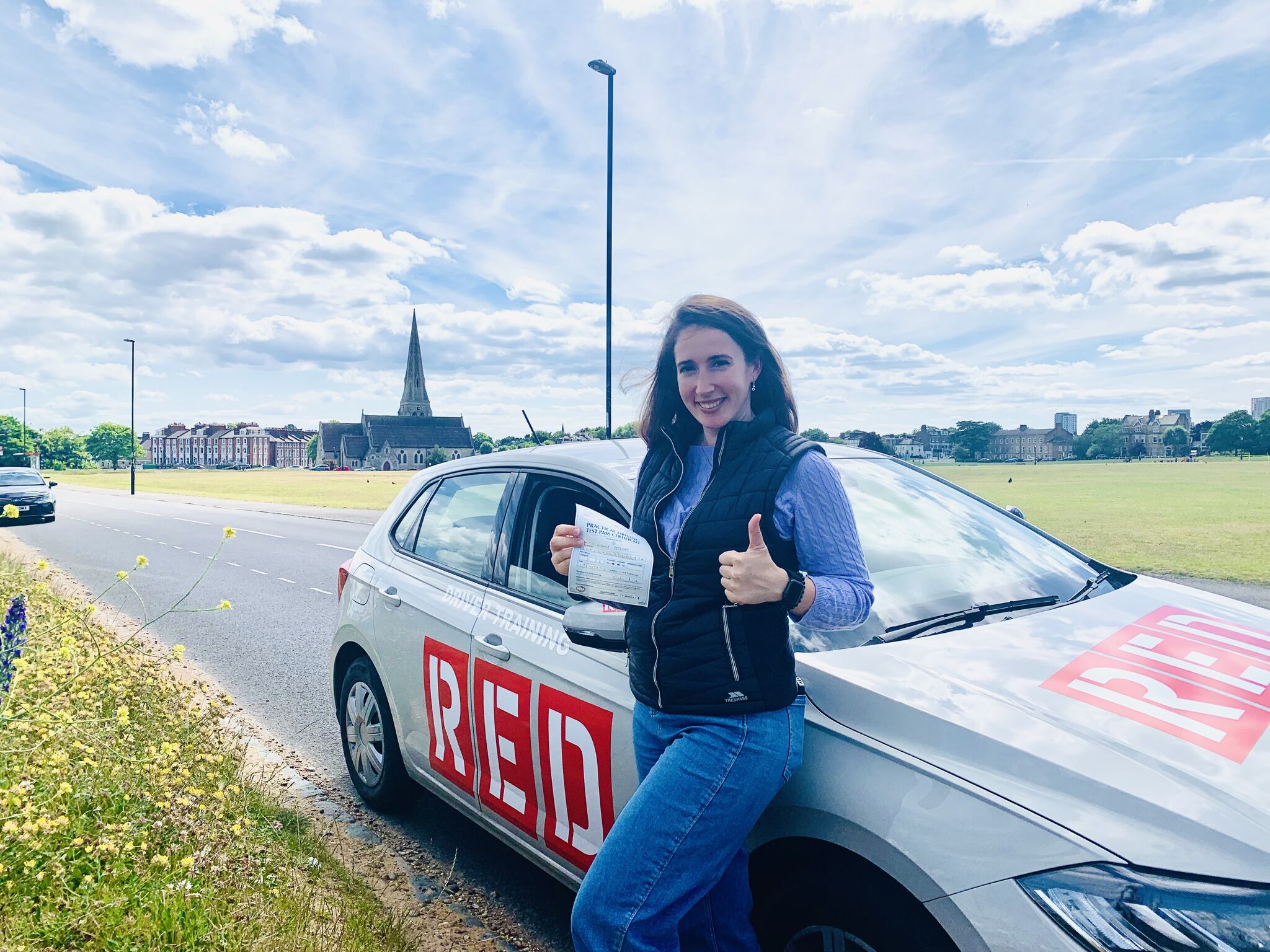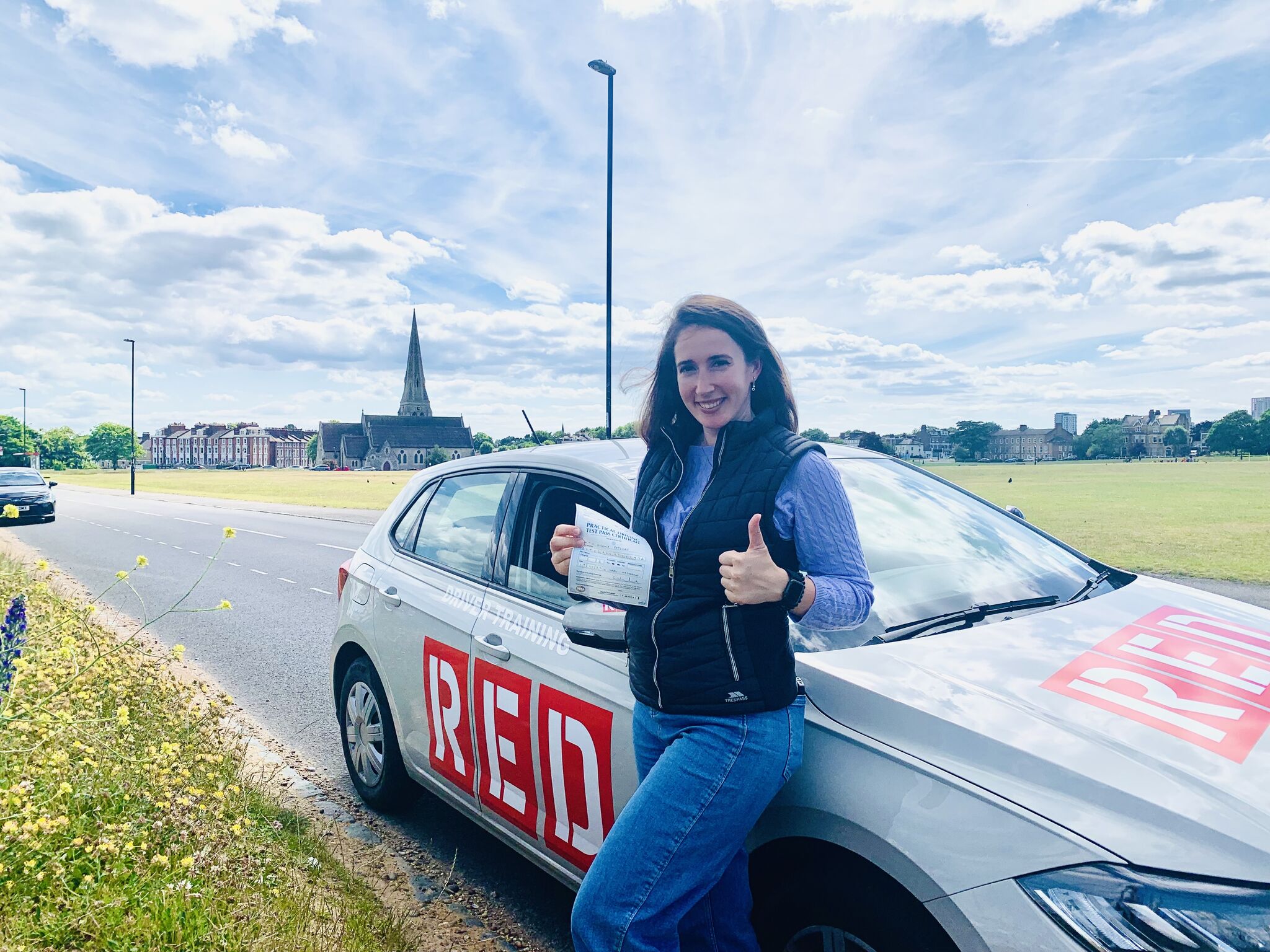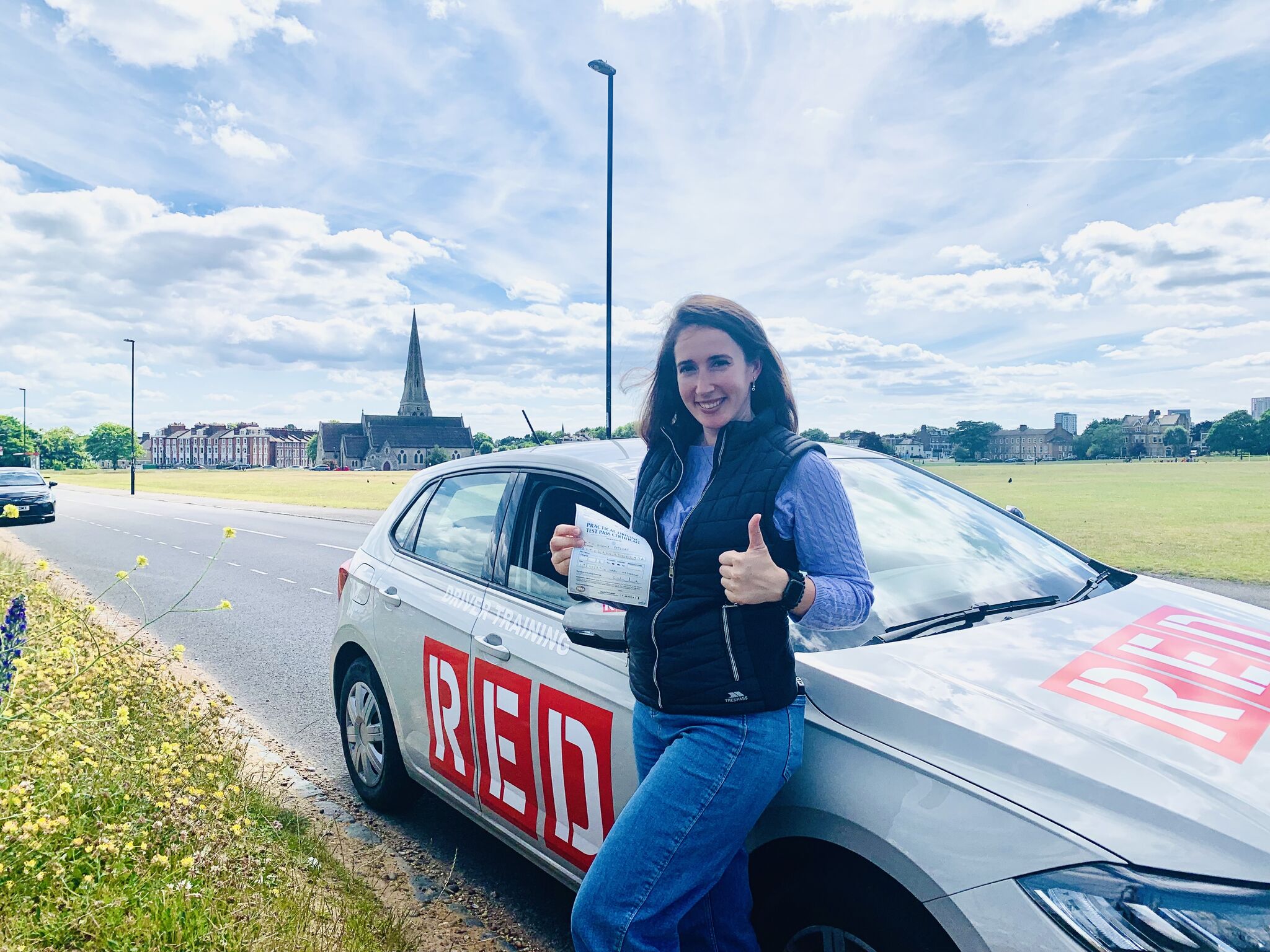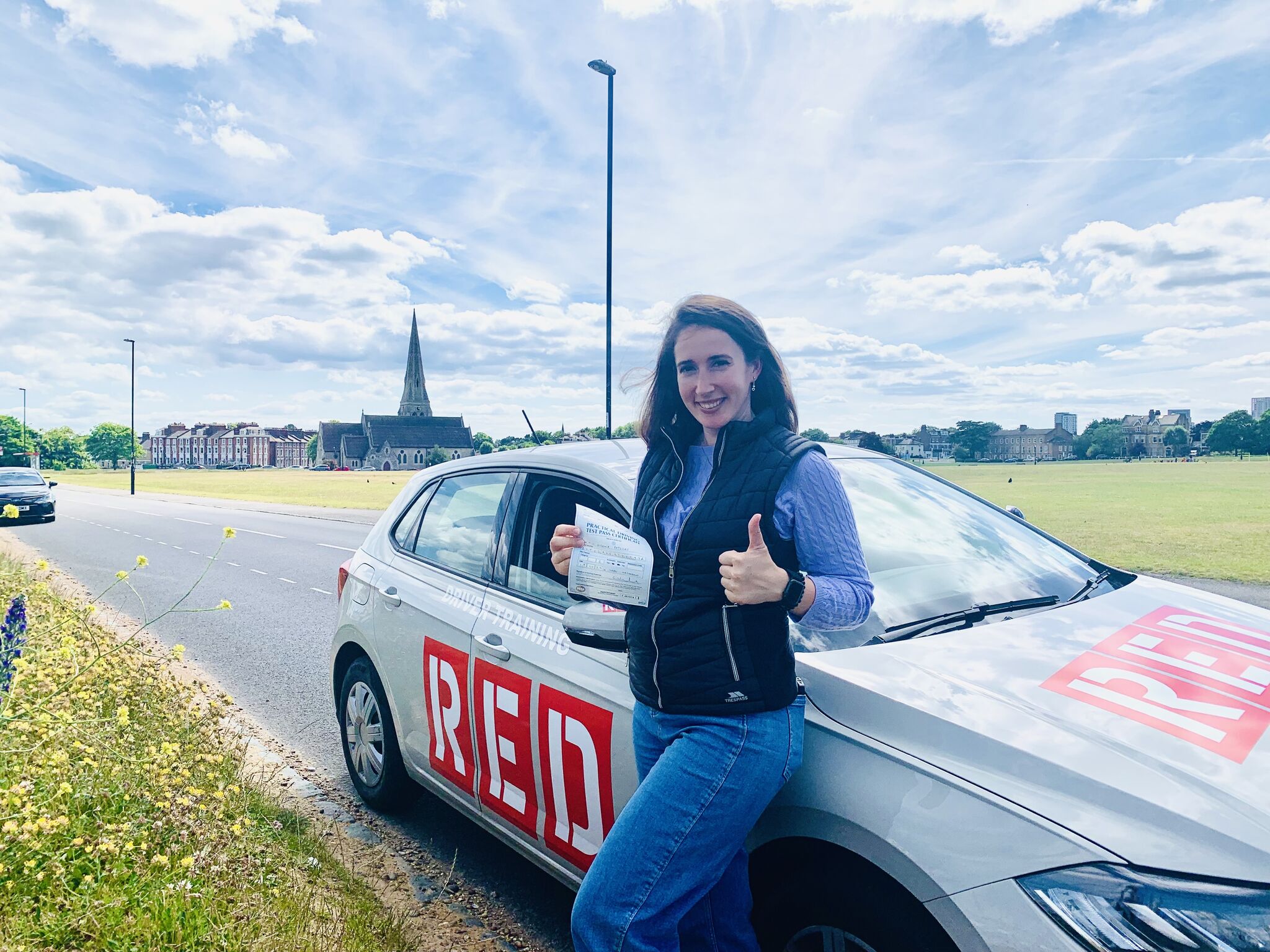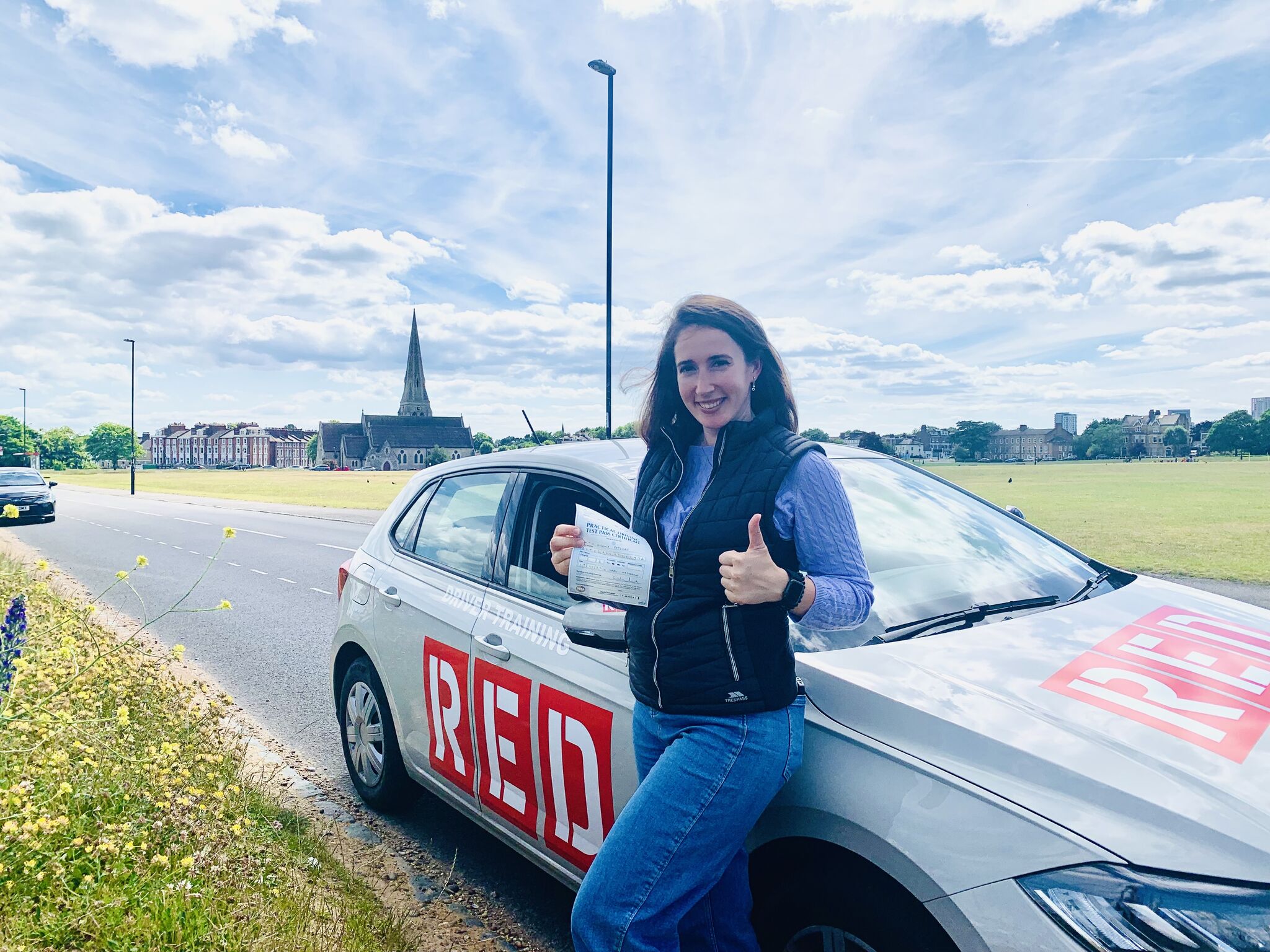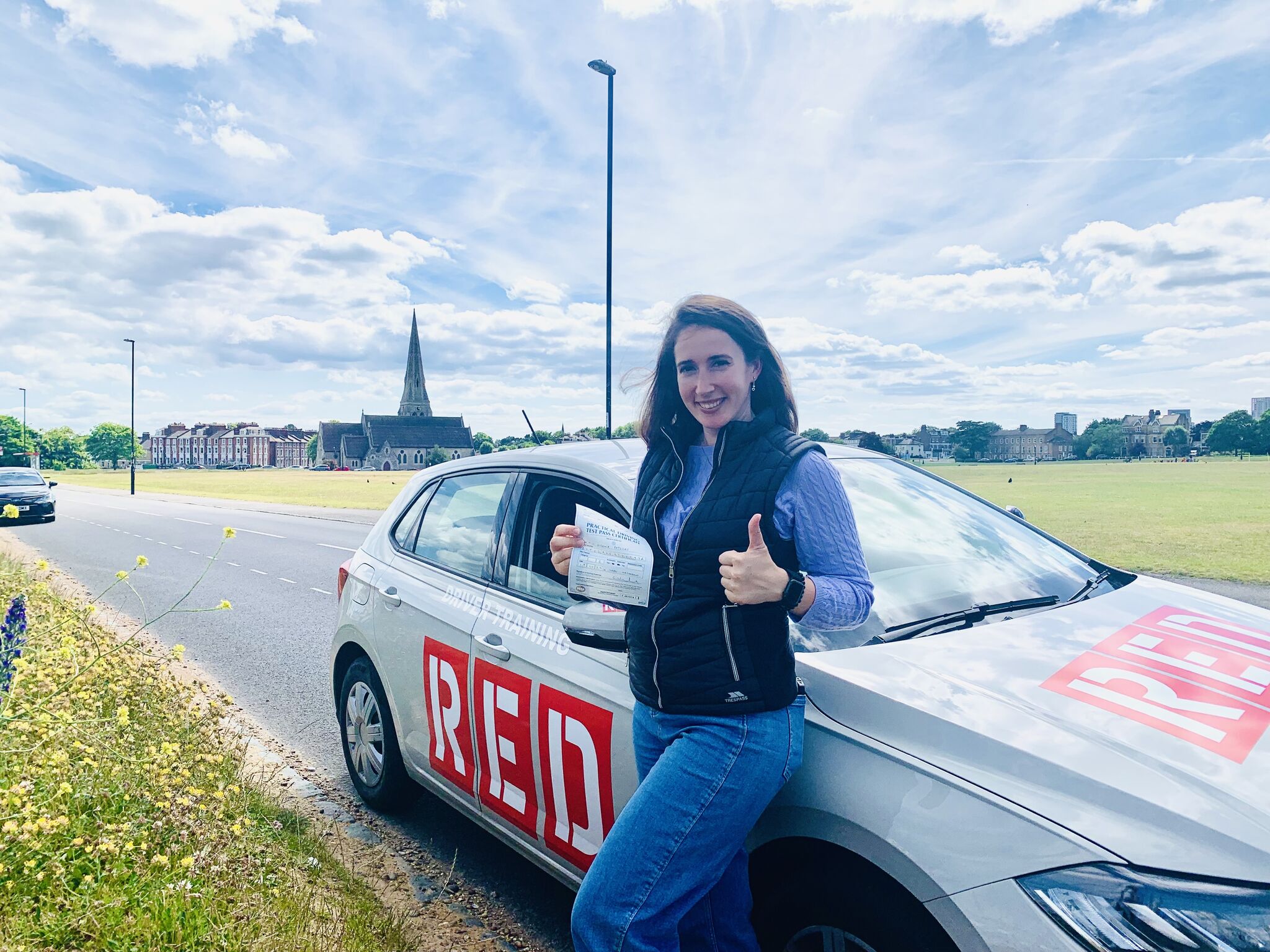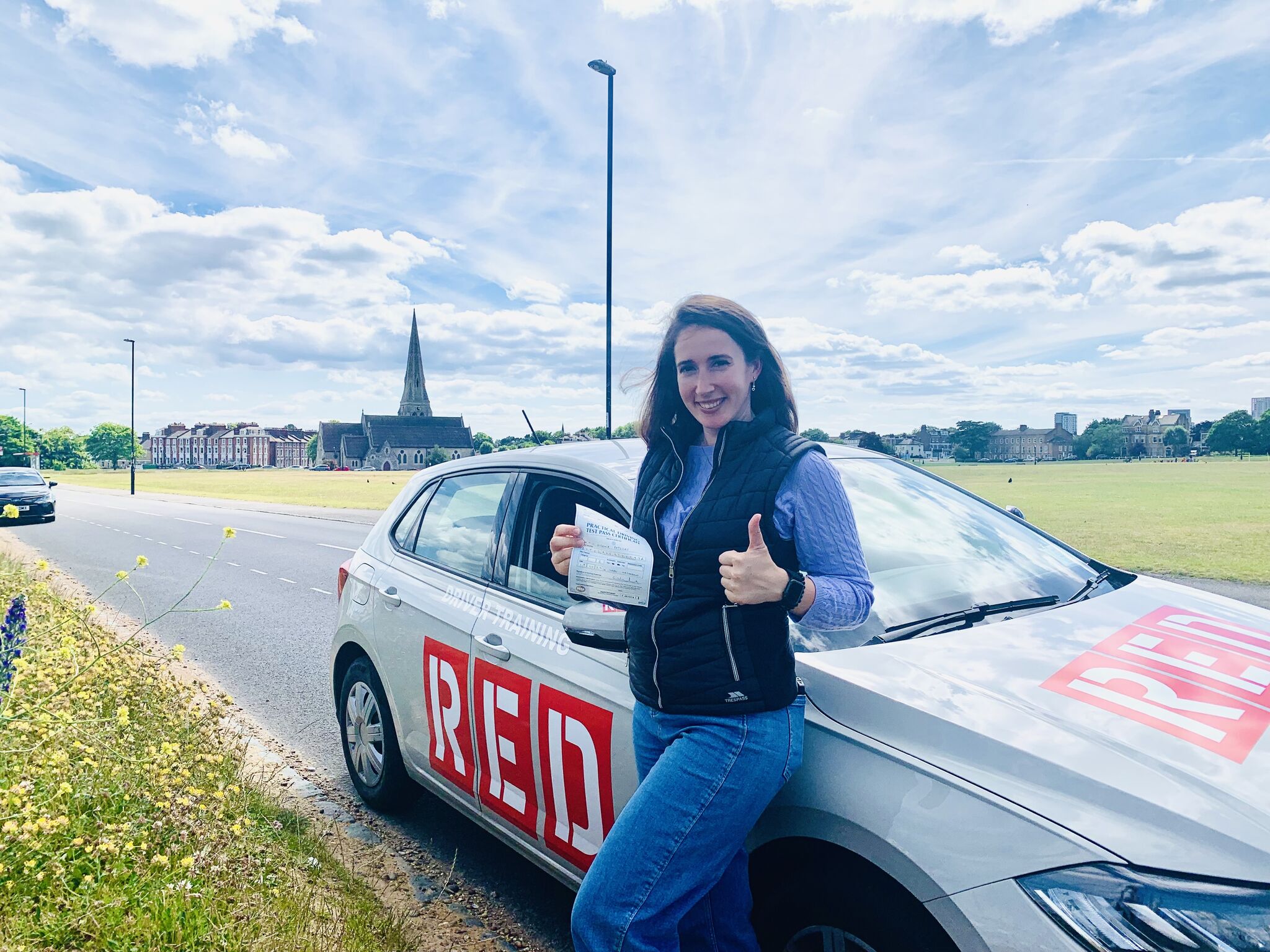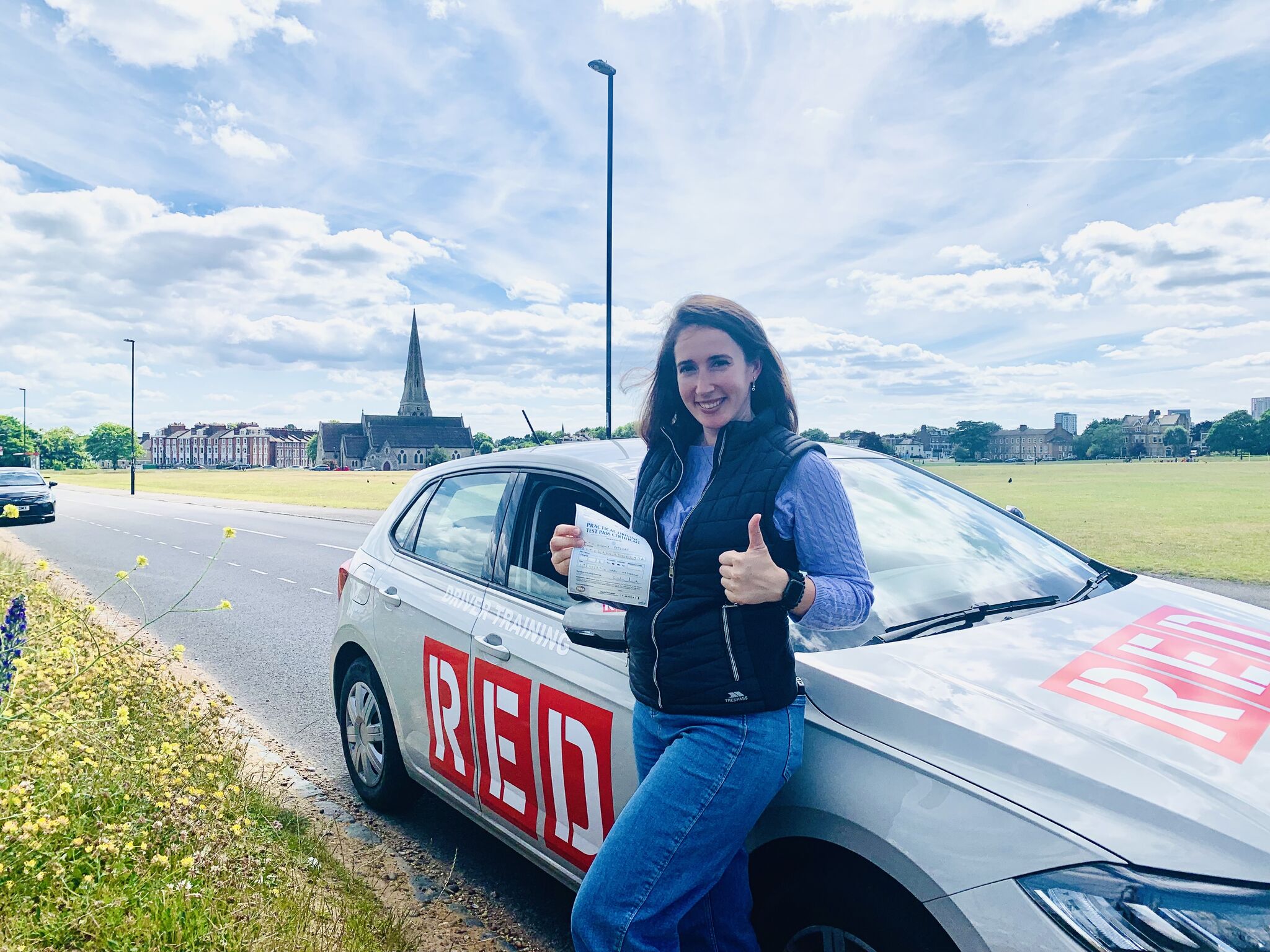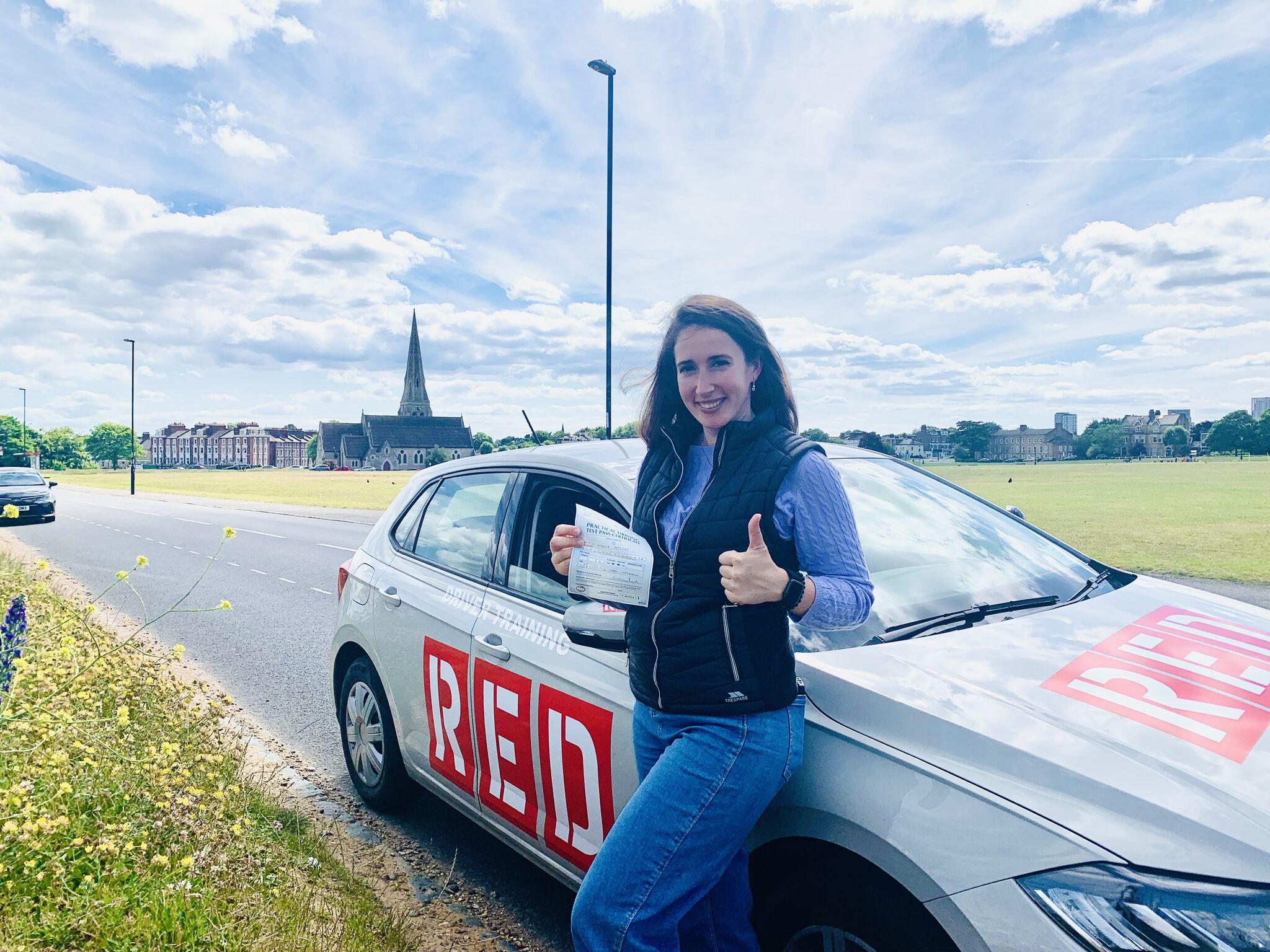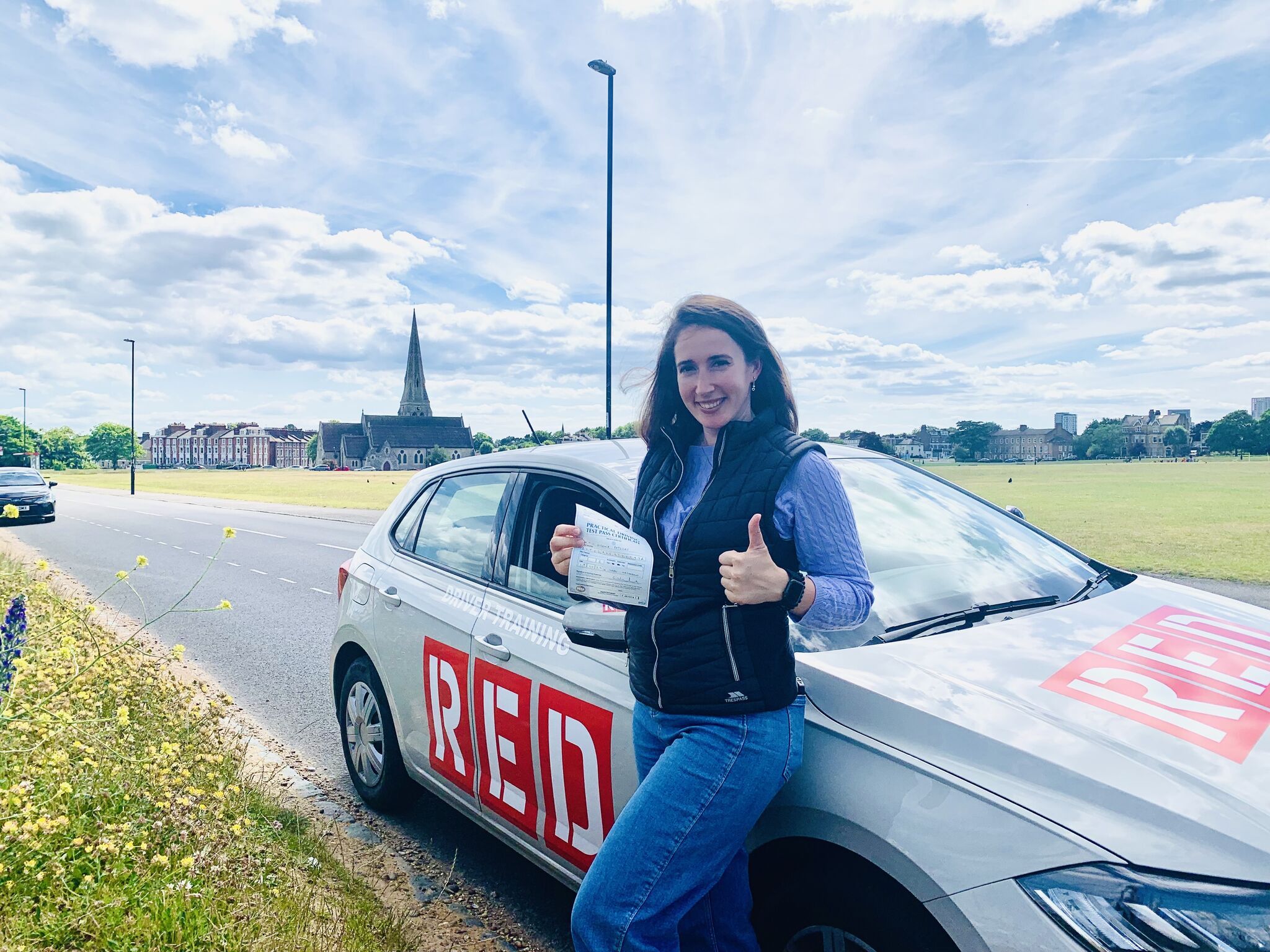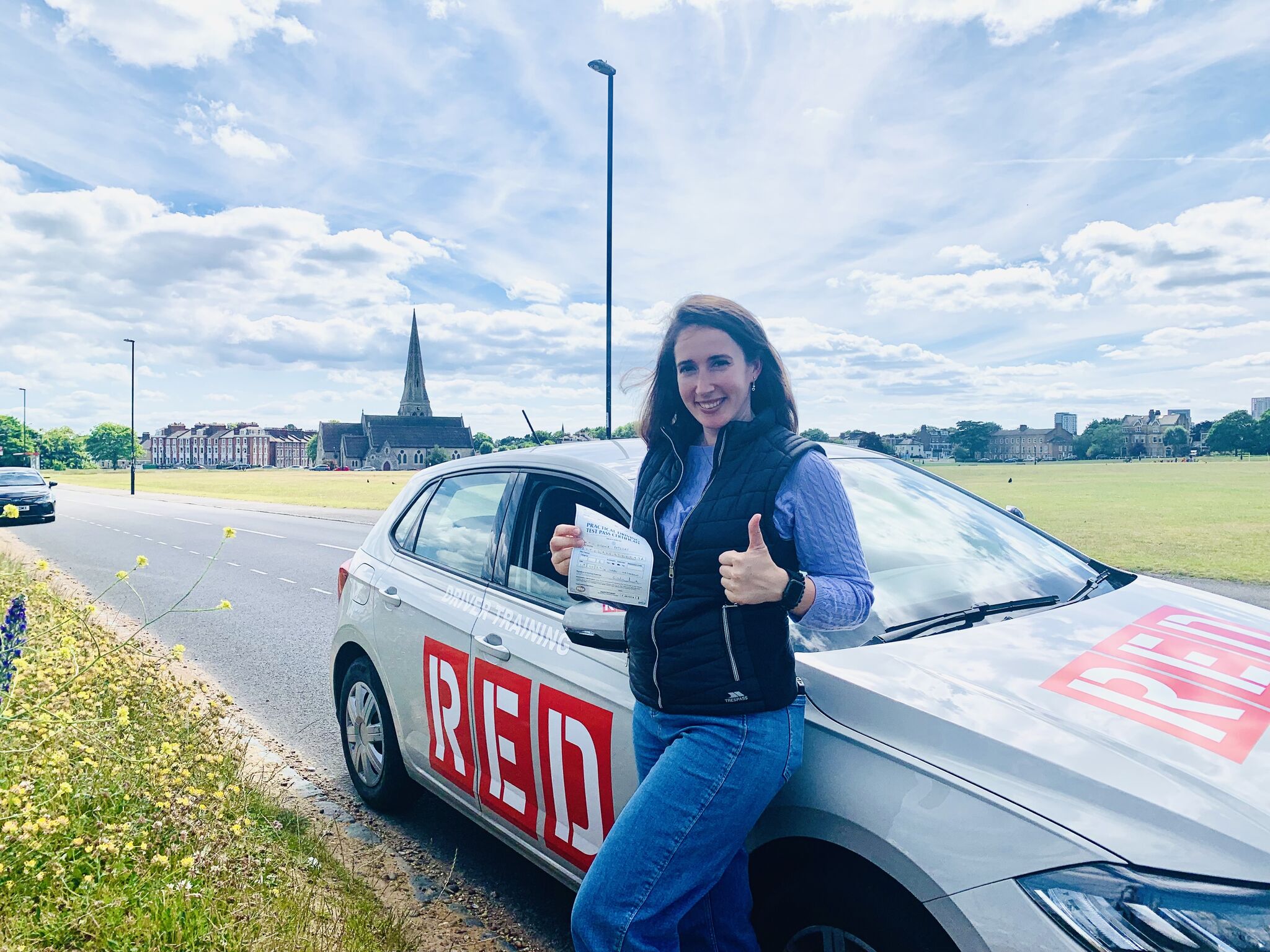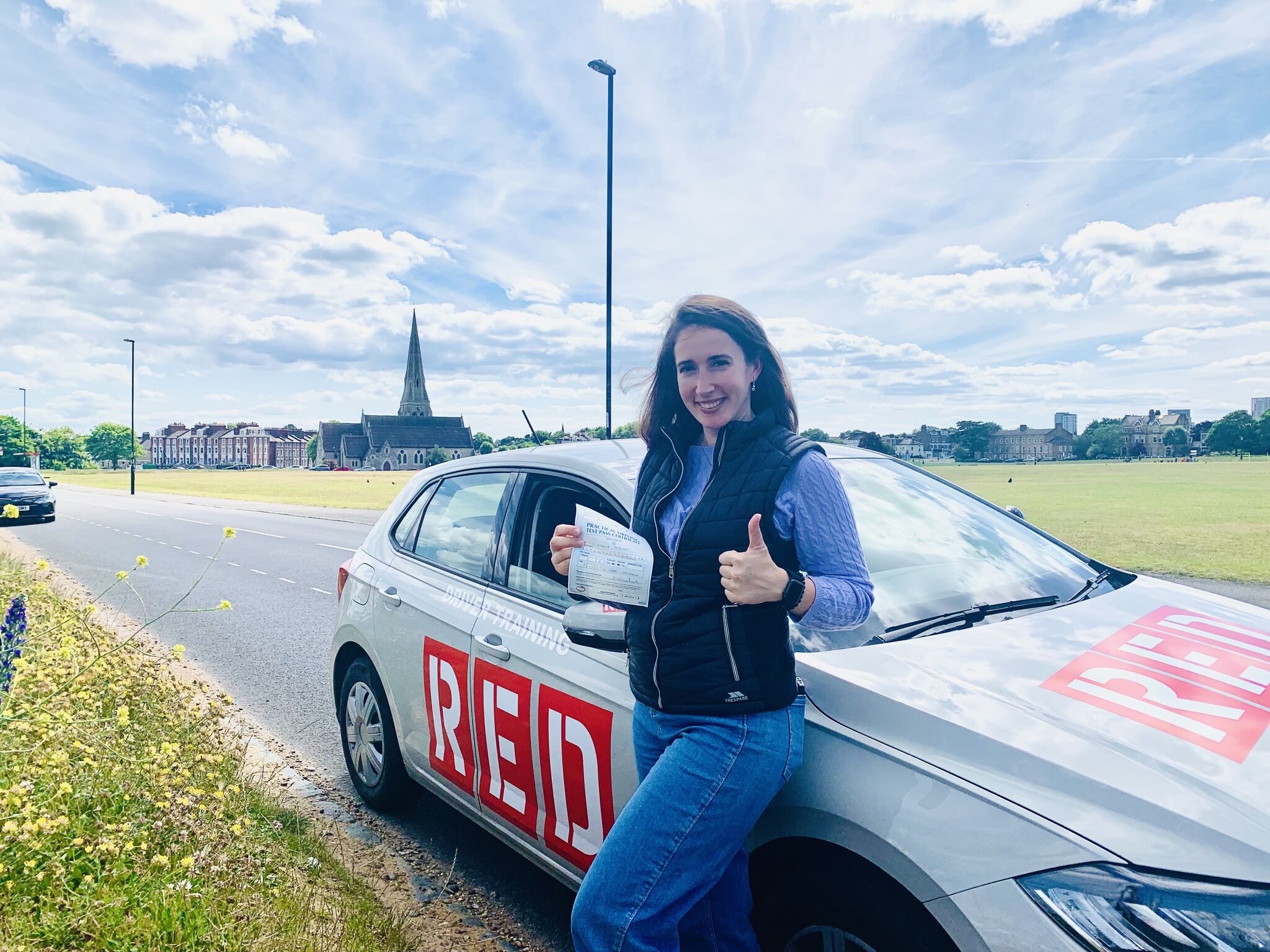Running a driving school involves unique risks that many instructors don't fully consider until it's too late. While you're focused on teaching the next generation of drivers, accidents can happen both in and out of the vehicle that could leave your business facing significant financial liability. This is where driving school public liability insurance becomes not just beneficial, but essential for protecting your livelihood.
What is Driving School Public Liability Insurance?
Driving school public liability insurance is a specialized form of coverage designed to protect driving instructors and driving schools from claims made by third parties who suffer injury or property damage as a result of your business activities. Unlike standard motor insurance, this coverage extends beyond vehicle-related incidents to encompass all aspects of your driving instruction business.
This insurance covers legal costs and compensation payments if someone is injured or their property is damaged due to your negligence while conducting driving lessons or related business activities. It's particularly crucial for driving schools because you're working with inexperienced drivers who are more likely to be involved in accidents, and you're responsible for their actions while under your instruction.
Why Driving Schools Need Specialized Public Liability Coverage
The driving instruction industry faces unique liability exposures that standard business insurance policies may not adequately address. When you're teaching someone to drive, you're assuming responsibility for their actions behind the wheel, creating potential liability scenarios that don't exist in most other businesses.
Student drivers, by definition, lack experience and are more prone to making mistakes that could result in accidents. Even with dual controls, there's always a risk that a student could cause an accident before you can intervene. Additionally, your business involves constant interaction with the public, whether it's students, their parents, or other road users, all of whom could potentially make a claim against your business.
The financial consequences of being uninsured can be devastating. Legal defense costs alone can run into tens of thousands of pounds, even for claims that are ultimately unsuccessful. If you're found liable for an accident, compensation payments could reach hundreds of thousands or even millions of pounds, depending on the severity of injuries or property damage involved.
Key Coverage Areas of Driving School Public Liability Insurance
Student-Related Incidents
Your policy should cover situations where a student causes an accident while under your instruction. This includes scenarios where the student fails to respond to your guidance quickly enough, or where they panic and make an error despite your presence in the vehicle. The insurance should cover both injury to third parties and damage to their property.
Premises Liability
If you operate from business premises, whether it's a dedicated office or classroom space, you need coverage for incidents that occur on your property. This could include a student or visitor slipping and falling, or being injured by faulty equipment or furniture.
Professional Activities Coverage
This extends beyond just the driving lessons themselves to include theory instruction, classroom teaching, and any advice you provide as part of your professional services. If incorrect advice or instruction leads to an accident after the lesson, you could still face liability.
Equipment-Related Claims
Your driving school likely uses various equipment, from traffic cones and mirrors to classroom materials and technology. If any of this equipment causes injury or property damage, your public liability insurance should provide coverage.
Off-Site Activities
Many driving schools conduct activities away from their main base, such as hazard perception training in car parks or advanced driving courses on private roads. Your insurance should cover these off-site activities as well.
Common Claims Against Driving Schools
Vehicle Accidents During Lessons
The most obvious risk is accidents occurring during driving lessons. Even with experienced instructors and dual controls, student drivers can still cause accidents. Common scenarios include students failing to brake in time, misjudging distances, or panicking in traffic situations.
Pedestrian Injuries
Students learning to drive may not always be fully aware of pedestrians, cyclists, or other vulnerable road users. If a student strikes a pedestrian while under instruction, the driving school could face significant liability claims.
Property Damage
Student drivers might damage other vehicles, buildings, street furniture, or private property. This could range from minor scrapes to major structural damage, depending on the circumstances of the accident.
Slip and Fall Incidents
If you operate from business premises, visitors could be injured on your property. This might involve students slipping on wet floors, tripping over equipment, or being injured by poorly maintained facilities.
Defective Equipment Claims
If safety equipment fails or classroom materials cause injury, you could face liability claims. This might include faulty mirrors, defective dual controls, or classroom equipment that causes injury.
Factors Affecting Premium Costs
Business Size and Student Volume
Larger driving schools with more instructors and students typically face higher premiums due to increased exposure to claims. The number of lessons conducted annually directly impacts your risk profile and insurance costs.
Geographic Location
Operating in busy urban areas with heavy traffic generally results in higher premiums compared to rural locations with less congested roads. Areas with higher accident rates or crime levels will also impact your costs.
Instructor Experience and Qualifications
The experience level and qualifications of your instructors can significantly affect premiums. Highly qualified instructors with clean driving records and extensive teaching experience typically attract lower rates.
Claims History
Your previous claims history is one of the most significant factors in determining premiums. A clean claims record will help keep costs down, while previous claims may result in higher premiums or policy restrictions.
Coverage Limits
The level of coverage you choose directly impacts your premium. While higher limits cost more, they provide better protection against large claims that could otherwise threaten your business's financial stability.
Vehicle Types and Modifications
The types of vehicles used for instruction, including any modifications like dual controls, can affect premiums. Some insurers may offer discounts for vehicles with advanced safety features.
Choosing the Right Coverage Level
Minimum Coverage Considerations
While there's no legal requirement for specific public liability coverage amounts for driving schools, most industry experts recommend a minimum of £1 million coverage. However, given the potential severity of motor vehicle accidents, many driving schools opt for £2 million or higher.
Assessing Your Risk Exposure
Consider the types of areas where you operate, the experience level of your typical students, and the volume of lessons you conduct. High-risk operations may benefit from higher coverage limits and additional policy features.
Industry Standards
Many driving school associations and professional bodies recommend specific coverage levels for their members. Following these guidelines can help ensure you have adequate protection and may be necessary for membership in professional organizations.
Integration with Other Insurance Policies
Motor Insurance Coordination
Your public liability insurance should work alongside your motor insurance, not duplicate it. Ensure there are no gaps in coverage between the two policies, particularly regarding incidents that occur during driving lessons.
Professional Indemnity Insurance
Consider whether you also need professional indemnity insurance to cover claims arising from professional advice or instruction. Some insurers offer combined policies that include both public liability and professional indemnity coverage.
Employers' Liability Insurance
If you employ other instructors, you'll need employers' liability insurance, which is a legal requirement. This protects you against claims from employees who are injured while working for your business.
Policy Exclusions and Limitations
Standard Exclusions
Most policies exclude certain types of claims, such as those arising from criminal acts, intentional damage, or incidents occurring outside the policy territory. Understanding these exclusions is crucial for managing your risk exposure.
Motor-Related Exclusions
Some public liability policies may exclude motor vehicle-related incidents, expecting these to be covered by motor insurance. Ensure your policy clearly covers driving instruction activities.
Professional Activities Limitations
Some policies may limit coverage for professional advice or instruction. If your business includes theory training or advanced driving courses, ensure these activities are specifically covered.
Best Practices for Risk Management
Comprehensive Student Assessment
Thoroughly assess each student's capabilities before allowing them to drive in challenging conditions. Keep detailed records of assessments and progress to demonstrate due diligence in case of claims.
Regular Vehicle Maintenance
Maintain all vehicles to the highest standards, with particular attention to dual controls and safety equipment. Keep detailed maintenance records as evidence of proper care.
Instructor Training and Development
Ensure all instructors receive regular training updates and maintain current qualifications. Well-trained instructors are less likely to be involved in incidents that could lead to claims.
Clear Safety Procedures
Develop and implement clear safety procedures for all aspects of your business, from lesson conduct to premises management. Regularly review and update these procedures based on industry best practices.
Incident Documentation
Establish clear procedures for documenting any incidents, no matter how minor. Proper documentation can be crucial in defending against claims or demonstrating that appropriate action was taken.
Making a Claim: What to Expect
Immediate Steps
If an incident occurs that could lead to a claim, notify your insurer immediately, even if you're not certain a claim will be made. Most policies require prompt notification, and delays could affect your coverage.
Investigation Process
Your insurer will investigate the circumstances of the incident, which may include interviewing witnesses, reviewing vehicle damage, and assessing any injuries. Cooperate fully with this process while being careful not to admit liability.
Legal Representation
If a claim proceeds to legal action, your insurer will typically provide legal representation. You'll usually have input into the selection of solicitors, and the insurer will manage the legal process on your behalf.
Settlement Negotiations
Many claims are settled without going to court. Your insurer will handle settlement negotiations, but significant settlements may require your approval depending on your policy terms.
Regulatory Compliance and Industry Standards
DVSA Requirements
While the Driver and Vehicle Standards Agency (DVSA) doesn't mandate specific insurance coverage levels, they do require driving instructors to maintain appropriate insurance. Ensure your coverage meets or exceeds any regulatory requirements.
Professional Body Standards
Many driving instructor associations have their own insurance requirements for members. Meeting these standards can provide additional credibility and may offer access to group insurance schemes with better rates.
Local Authority Requirements
Some local authorities may have specific insurance requirements for driving schools operating in their area. Check with relevant authorities to ensure compliance with local regulations.
The Claims Process in Detail
Initial Notification
When you become aware of an incident that could result in a claim, contact your insurer's claims department immediately. Provide all relevant details, including the date, time, location, parties involved, and a description of what happened.
Claims Investigation
Your insurer will assign a claims handler who will investigate the incident. This may involve visiting the scene, interviewing witnesses, reviewing any available CCTV footage, and consulting with experts if necessary.
Liability Assessment
The insurer will assess whether you or your business bears legal liability for the incident. This involves examining the facts, relevant laws, and any contributing factors from all parties involved.
Damage Assessment
If property damage is involved, the insurer will arrange for assessment of the damage and obtain repair estimates. For injury claims, medical reports and expert opinions may be required to assess the extent of injuries and required treatment.
Resolution
Claims can be resolved through settlement negotiations or, if necessary, court proceedings. Your insurer will handle these processes on your behalf, keeping you informed of progress and seeking your input on significant decisions.
Future Considerations and Industry Trends
Technology Integration
As driving instruction increasingly incorporates new technologies like simulators and advanced driver assistance systems, insurance policies may need to evolve to cover technology-related risks.
Autonomous Vehicle Training
The future introduction of autonomous vehicles may change the nature of driving instruction, potentially affecting liability exposures and insurance requirements.
Environmental Considerations
The shift toward electric and hybrid vehicles in driving instruction may impact insurance considerations, particularly regarding specialized equipment and charging infrastructure.
Conclusion
Driving school public liability insurance is an essential protection for anyone involved in driver education. The unique risks associated with teaching inexperienced drivers, combined with the potential for significant financial liability, make comprehensive coverage a business necessity rather than an optional extra.
When selecting coverage, focus on finding a policy that understands the specific needs of driving schools and provides adequate protection for your particular circumstances. Work with insurers or brokers who specialize in driving instruction coverage, as they'll better understand your risks and can often provide more competitive rates.
Remember that insurance is just one part of a comprehensive risk management strategy. Combining appropriate coverage with good business practices, regular training, and proper safety procedures will help protect your driving school and ensure its long-term success.
The cost of comprehensive public liability insurance is minimal compared to the potential financial devastation of facing a major claim without adequate coverage. Invest in proper protection today to secure your business's future and provide peace of mind as you focus on what you do best – creating safe, competent drivers for our roads.
For expert advice on driving school public liability insurance tailored to your specific needs, contact Insure24 at 0330 127 2333. Our specialists understand the unique challenges facing driving schools and can help you find comprehensive coverage that protects your business without breaking your budget.


 0330 127 2333
0330 127 2333
